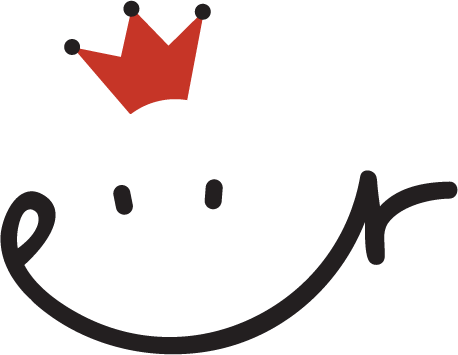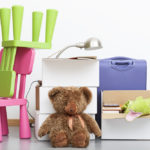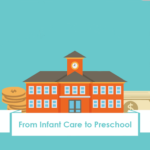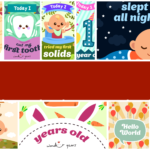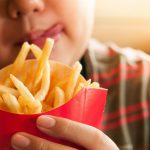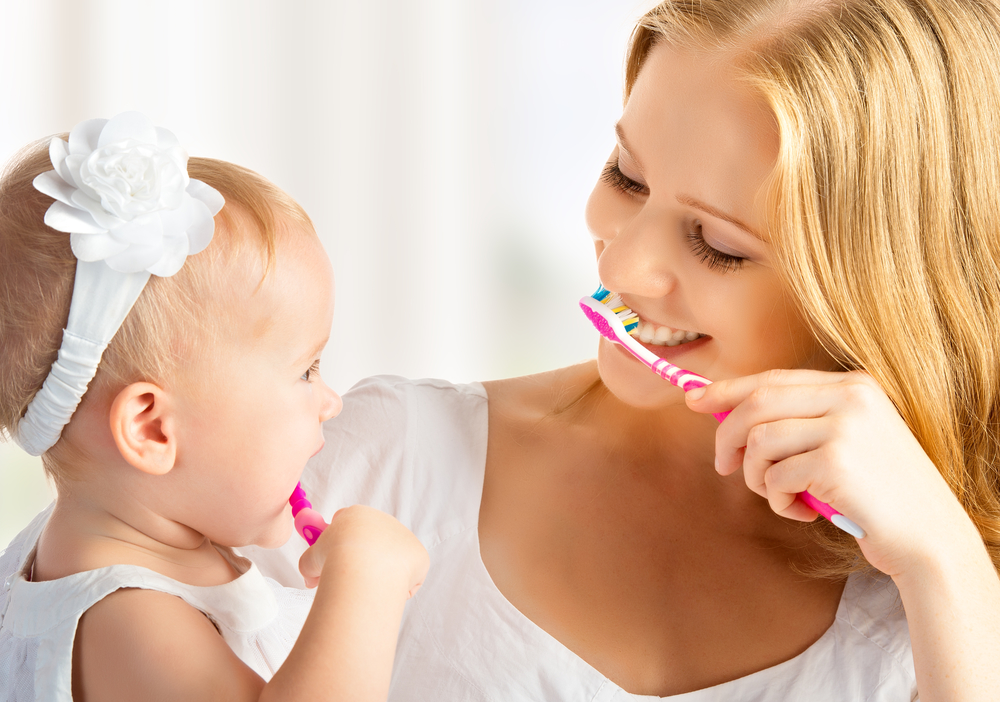
Teething babies salivate or drool more and are often irritable from the discomfort of their erupting tooth. Although your baby’s first teeth may only appear between 6 and 12 months of age, you can start right from birth by establishing a newborn gum care routine.
Newborn gum care
A toothbrush is not necessary for newborn gum care. You can clean your baby’s mouth by gently wiping his gum and inner cheek surfaces as well as his tongue with a soft damp cloth or gauze wrapped around your finger.
Your newborn gum care routine can be done during bath time each day, and after every feed. Getting used to a routine of having his mouth cleaned will give your baby a headstart in establishing good oral hygiene habits later on.
Cleaning baby’s first teeth
It is important to keep your baby’s teeth clean and healthy because they hold spaces for permanent teeth to come in.
Once baby’s first teeth pushes through his gums, you can use a baby toothbrush to clean their teeth. Your baby’s toothbrush should have an appropriately sized head and should be replaced once the bristles start to look worn.
Alternatively, if your baby rejects a toothbrush, you can continue to clean your baby’s mouth with a damp cloth or gauze, taking care to clean any teeth carefully to remove food particles and residues.
Are fluoridated toothpaste necessary?
Although tooth wipes may be used in your baby’s oral hygiene routine, xylitol concentration in these wipes have not been consistently proven to prevent tooth decay. Fluoride, on the other hand, helps strengthen tooth enamel and prevent tooth decay by making it more resistant to acids and harmful bacteria.
The Infant Oral Health Clinic of the National Dental Centre in Singapore recommends fluoridated toothpaste containing a minimum of 1,000 parts per million(ppm) fluoride for children. However, do be careful with the amount of toothpaste you use on your baby’s first teeth.
It is recommended to clean baby’s first teeth with only a smear of toothpaste on an age appropriate toothbrush if they have not learnt to spit. You may wipe off any toothpaste with a damp cloth after brushing. Otherwise, a pea-sized amount of toothpaste may be used.
Exposure to too much fluoride while permanent teeth are still forming can cause fluorosis, a condition whereby the surface of tooth enamel in young children becomes irregular or stained. To avoid this problem, you may choose to use children’s toothpaste that contains an appropriate amount of fluoride.
First dental visit
You can bring your baby to a pediatric dentist within 6 months after baby’s first teeth sprouts. An early dental appointment is needed to check if your daily oral hygiene routines are sufficiently effective, in addition to assessment of the risk factors associated with tooth decay particular to your baby.
You can also take the chance to obtain advice from the dentist on cleaning and feeding practices as well as tips on how you may avoid dental problems for your baby.

